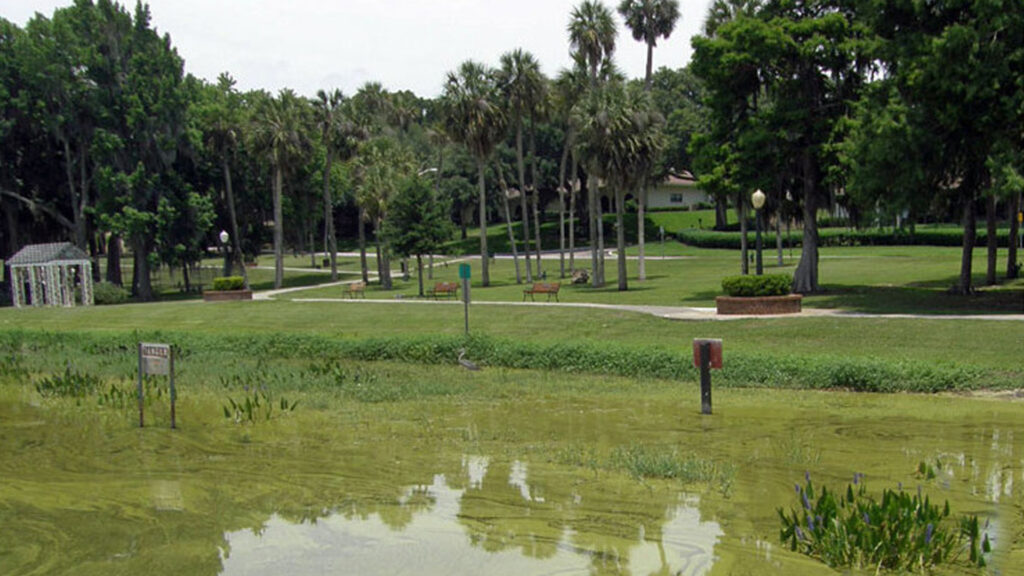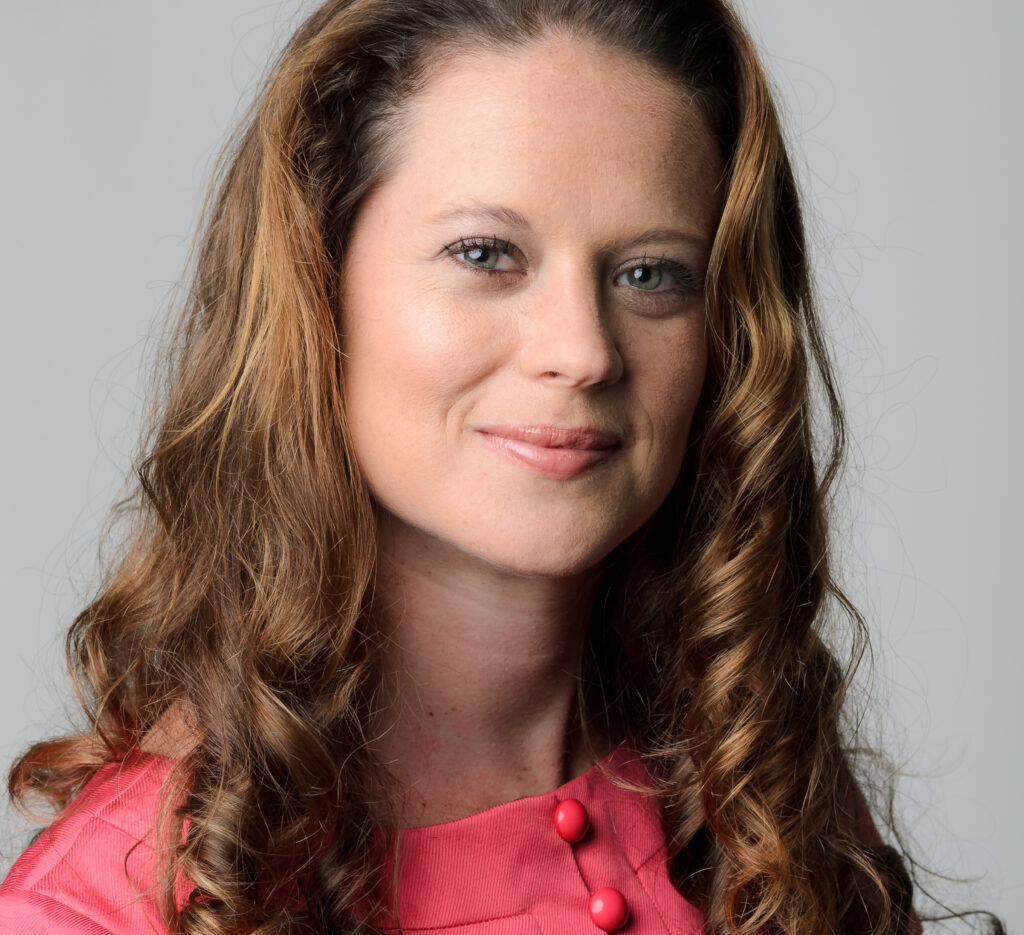By Nicole Kirchhoff, Live Advantage Bait
This spring, a blue-green algae bloom caused officials to issue a health alert around the Alva Boat Ramp on the Caloosahatchee River. It got some press, and I was hearted by how the media simply reported on it, and that advocacy groups didn’t race to assign blame to any particular stakeholder.
While I didn’t take water samples, I’d bet that sewage fed the bloom. No Lake Okeechobee discharges were occurring; Strong rains had soaked dry ground after months of blue skies, in an area where many businesses and residences rely on septic tanks. On an annual average, approximately 70% of the water that makes it to the Gulf of Mexico comes from the local basin, not Lake Okeechobee, according to South Florida Water Management District water table data.
With heavy rain continuing to be in the forecast, we will almost certainly see local basin runoff – runoff that is often polluted and contaminated by sewage – impact many Florida waters.

We experienced a record heat wave this May. Warmer air can hold more moisture, so that when it finally rains, it really pours. Such heavy rains, especially in combination with flooding induced by sea level rise and/or storm surge, can overwhelm sewer systems with “inflow and infiltration.”
They also foul our waters with septic tank effluent. Functional or not, septic tanks pollute by releasing human waste effluent into Florida’s sandy soils. Rain and gravity easily move the nutrients and pathogens through the porous ground into water bodies, where it becomes “superfood” for harmful algae and bacteria, whether the algae and/or bacteria come from the lake or occurred more locally.
Sewage effluent is rich in combinations of nutrients that harmful algae and bacteria need to reproduce and generate toxins. For example, researchers at the University of South Florida recently fed sewage to cultures of Vibrio vulnificus, the so-called “flesh-eating bacteria” that can cost its victims their limbs and sometimes their lives. Bacteria densities increased by 200 to 300 times. Frighteningly, the bacteria’s virulence – its ability to harm its victims – also dramatically increased.
Hurricane landfalls and their aftermaths lead to spikes in V. vulnificus infections. The storm surge and flooding overwhelm sewer and septic systems, while expanding suitable bacteria habitat by creating brackish flood conditions miles inland. Sunny-day flooding, caused by sea level rise, also expands the risk of infection geographically.
The flesh-eating bacteria example underscores how dangerous, irresponsible and easily disproven are the people rabidly attempting to enforce narratives that exclusively blame tightly regulated farmers and ranchers for everything. The example extends to harmful algal blooms, which happen frequently in places and times where there are few, if any, agricultural inputs.
For example, seagrass-smothering red drift algae, the green “seaweed” algae, Caulerpa spp., that is often mistaken for seagrass, and the toxic brown cyanobacteria called Lyngbya spp. frequently wash up on the beach at my aquaculture facility on the western shore of the Indian River Lagoon near Fort Pierce. These blooms occur throughout the Indian River Lagoon watersheds and throughout many of the state’s estuaries, including the lower Caloosahatchee and Pine Island Sound, even when there have been no water releases passing through manmade structures for months or years. It’s generally local pollution, and largely sewage pollution, that’s fueling the blooms.
Thanks to forensic source-tracking capabilities, scientists can identify nutrient pollution sources with near certainty. In fact, multiple lines of evidence have been used in dozens of peer-reviewed and agency studies around the country to sleuth out the culprits.

These lines of evidence include proximity of a water body to septic tanks and/or leaky sewer lines, the presence of sucralose (artificial sweeteners that don’t break down), the presence of pharmaceuticals and – probably most importantly – stable isotope analysis coupled with DNA testing. The stable isotope analysis can determine whether the nitrogen, predominantly ammonium, is from animal wastes. The DNA tests determine whether that molecule came from a pig, cow or human.
Fortunately, the state of Florida keeps improving policies and passing record appropriations to fix our myriad water woes. Most recently, Gov. Ron DeSantis signed Senate Bill 1638, “Funding for Environmental Resource Management,” sent to him unanimously by the Legislature. It dedicates most of the new Seminole Gaming Compact revenues to land conservation, land management, water infrastructure and resilience projects.
They also recharged the financial assistance programs for wastewater/stormwater work in the Indian River Lagoon and the Caloosahatchee River watersheds. This means more funds can go to much needed septic-to-sewer conversions, overdue maintenance of sewage mains and upgrading water treatment plants – a proven, quick and sizable return on investment to human health and safety and the health of our watersheds.
The state is well down the right track. We are following the science, not the strident narratives, toward resolving very dangerous pollution and contamination throughout Florida. There are many examples, such as Sarasota Bay, that were on the brink of collapse but were dramatically restored thanks to strong leadership, good-faith efforts and good attitudes. Let’s keep working and stay positive.
Dr. Nicole Kirchhoff is a pioneer in the aquaculture industry. She owns Live Advantage Bait, in Fort Pierce, where she deals with algae, wastes and diseases daily as she raises pinfish, croakers and red drum for bait, forage and research.
If you are interested in submitting an opinion piece to The Invading Sea, email Editor Nathan Crabbe at ncrabbe@fau.edu. Sign up for The Invading Sea newsletter by visiting here. To learn more about harmful algal blooms, watch the video below.



